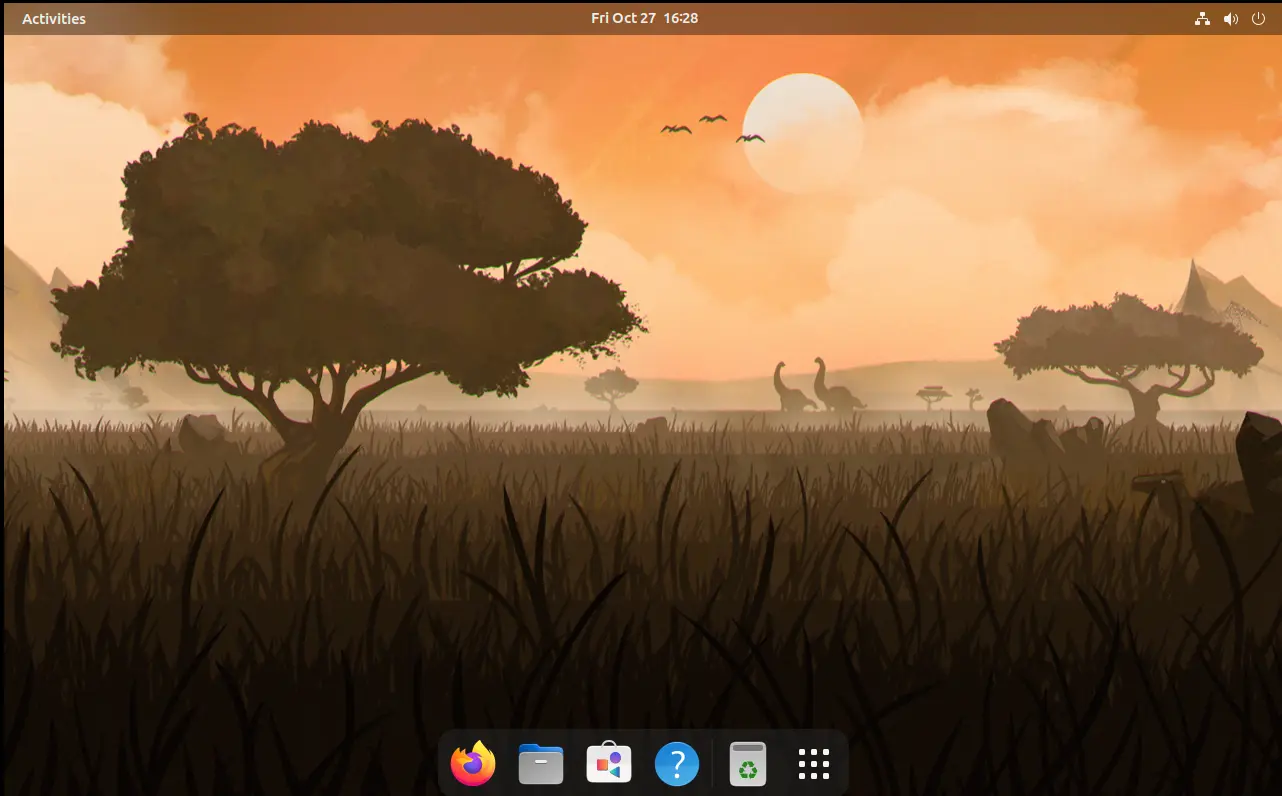Project Bluefin: A Linux Desktop for Serious Developers
Project Bluefin: A Linux Desktop for Serious Developers

thenewstack.io
Project Bluefin: A Linux Desktop for Serious Developers

From The New Stack
Project Bluefin: A Linux Desktop for Serious Developers

Project Bluefin: A Linux Desktop for Serious Developers

From The New Stack